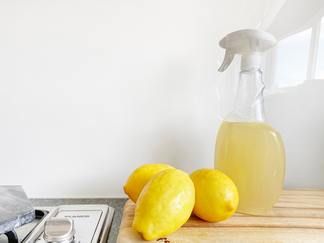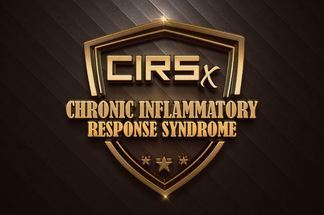Important New Findings Regarding Lyme Bacteria- Part 1: Pleomorphic Forms of Bb

Keith Berndtson, MD
When at ILADS 2014 in Washington, DC, I was impressed when Leona Gilbert shared with me the news that her research group had ascertained that what we’ve been calling the cystic form of Borrelia burgdorferi (Bb) is more accurately described as a round body form. Her group had settled the debate about cystic forms beyond correct naming.
Led by Leena Mariläinen (first author) and Gilbert (senior author), the group showed that the outer surfaceof the round body form is composed of peptidoglycans, not cyst-like proteins and not the antigenic lipopolysaccharides found projecting from the the Bb spirochetal cell wall.
They also showed that unlike the sprirochete, bleb, and biofilm aggregate forms of Bb in culture, only the round body form stained for the presence of N-acetyl-glucosamine, the main structural component of peptidoglycan-type cell walls.
The journal Mircobiology published the paper on January 6, 2015 under the title, Morphological and biochemical features of Borrelia burgdorferi pleomorphic forms.
How round bodies differ from spirochetes, blebs, and biofilms
They determined that blebs are an intermediate stage between the spirochete and round body form, with an expanded outer envelope with a partly folded protoplasmic cylinder inside. Round bodies have intact double outer and inner membranes around the protoplasmic cylinder, similar to the spirochete form but with a spherical rather than a corkscrew shape.
They showed that the spherical protoplasmic material produces very little metabolic activity. This helps explain Bb’s round form ability to tolerate most antibiotics. With such low metabolic activity, there are no cell wall cycles to arrest, protein synthesis to disrupt, or folic acid pathways to disrupt. Among commonly available antibiotics, only metronidazole and tinidazole possess a mechanism of action that is able to disrupt DNA despite low metabolic activity.
Inducing the morph from spirochete to bleb to round body
When 10% human serum was added to the BSK-II culture medium in which spirochetes accounted for 94% of the pleomorphic forms, the spirochete population decreased to 24% within 4 days, whereas blebs increased from 4% to 40% and round bodies from 0.4% to 22% of the pleomorphic forms. After exposure to 10% human serum, damaged cells increased from 0.5% to 7%.
Thus, a culture medium stressed by a percentage of human serum able to damage 7% of Bb cells also increased bleb formation 40 times above baseline and round body formation 550 times above baseline. This suggests that bleb and round body formation are evasive maneuvers that help Bb persist in mammalian hosts.
Round body reactivation
The group also showed that certain round bodies can revert back to spirochete forms that are viable and motile. This was most likely to occur under physiological temperatures like those found in the mammals that Bb is known to infect.
What’s more, they showed that the flagella, which is located in the periplasmic space of the spirochete form, where it produce the most agile motility capability see within the bacterial kingdom, was also present in the round bodies indicating that these forms maintain their motility capability and recruit them again when they revert back into the spirochetal form.
This work settles once and for all the debate that round bodies were non-viable, degenerating spirochetes. Hat’s off the to the research team from Finland’s University of Jyväskyläfor doing a fantastic job of advancing our understanding of Bb’s pleomorphic forms.
The next challenge is to integrate this knowledge into our approach to diagnosing and treating Lyme disease while bearing in mind that Bb plasmid DNA may code for toxins that, in the genetically susceptible, will be retained, resulting in a form of innate immune system activation that will not stop unless and until those biotoxins can be bound and removed from the bodies of the sufferers.
We are growing ever closer to a practical understanding of these highly complex forms of chronic illness. I look forward to increased collaboration between experts in Lyme disease and biotoxin-related illness.
Featured Resources for Community
The Surviving Mold Gift List
Give the precious gift of CIRS health & support with 10 gifts that keep on giving.
Shoemaker Protocol™ Quick Start:
The 3 initial steps to determine if mold is affecting you One of the most common questions we hear is, “how do I know if I have mold illness?” Rest assured, if you’re asking this question, you’ve come to the right place.
AirOasis The #1 CIRS Spring Cleaning Hack
Specialized air purifiers are revolutionizing deep cleaning, no matter the season. They’re a game changer for remediation purposes, too.
CIRS Spring Cleaning Checklist
Living with CIRS means cleaning and maintenance efforts must be ongoing and up to CIRS-safe standards. Spring is a perfect time to do a thorough examination and cleaning of the entire home and create a schedule for the year ahead.
CIRSX Annual Conference June 5-8, 2025 in Tempe, Arizona!
Early Bird Discount ends March 7!




